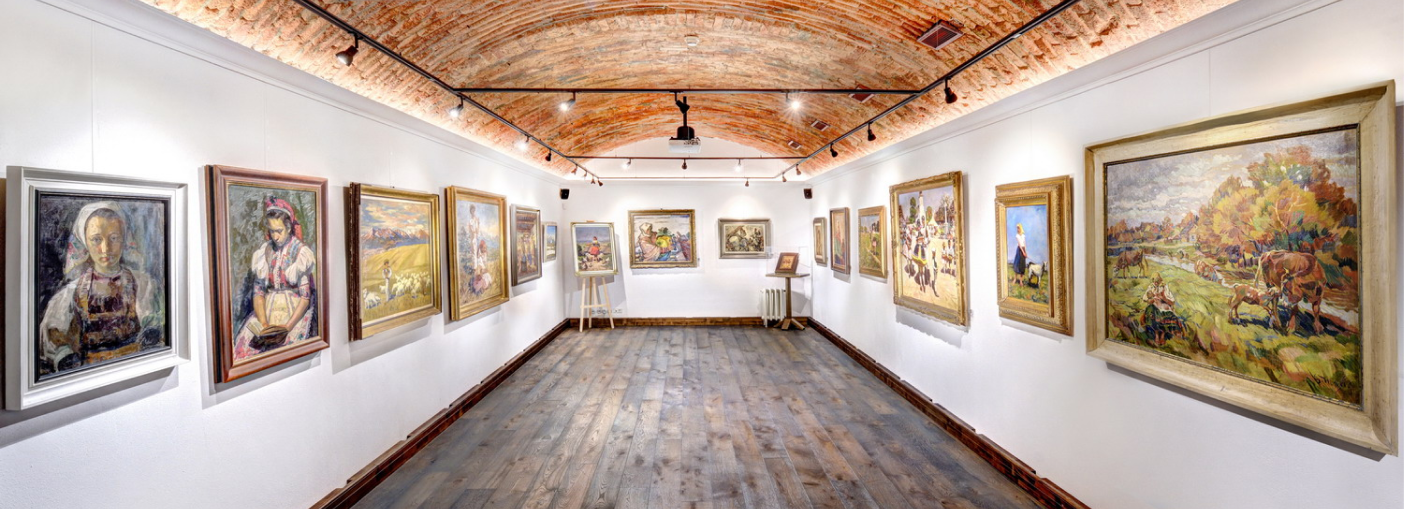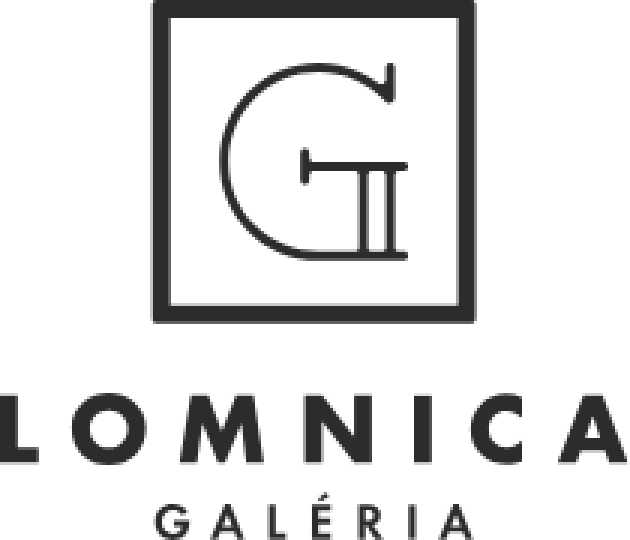
Jozef Kollár was born on the 8th March 1899 in Banská Štiavnica and died on 21st October 1982 in Banská Štiavnica. During the WWI (1914 – 1918) he was a soldier of the Austro-Hungarian army on the Romanian and Italian front. After 1919 he studied for two years at the private school of E. Halász-Hradil in Košice (1920 – 1921), at the Academy of Fine Arts in Munich (professor Knier) and in 1922 – 1929 at the University of Fine Arts in Budapest (professor Rudnay). In 1931, he spent some time studying in Italy. After 1931, he lived and worked in Banská Štiavnica, which is linked to the major part of his iconology. In 1935 – 1936, he worked in Alexy’s painting colony in Piešťany. He had individual exhibitions in Košice (1931), Nove Zámky (1932, with Alexy, Bazovský and Palugyay), Topoľčany (1932, with Alexy, Bazovský and Palugyay), in Košice (1933, with Alexy, Bazovský and Palugyay and Žambor), Bratislava (1936, 1939, 1942 with J. Ilečko, 1944, 1968), Prague (1937). He had anthology exhibitions in galleries and museums in Banská Bystrica (1965), Banská Štiavnica (1965), Liptovský Mikuláš (1966), Martin (1967), Nitra (1968), Banská Štiavnica (1969, 1979, 1983), Banská Bystrica (1973) and in Bratislava (1973, 1979). In his work, he incessantly inclines to the themes and motifs of Banská Štiavnica and the surrounding region, which can be seen throughout his artistic genesis. Equally, he likes to return to topics and themes he has already portrayed in his early works, specifically the town market of Banská Štiavnica, its countryside or still life with flowers as well as portraits of well-known or less known individuals. In 1972 he was awarded with the title of National Artist. Landscape is the dominant genre in his work. As a painter, he attempted for a more expressive statement of his sensual relationship to nature. Besides landscapes, he also worked on other genres of painting. The key point of his genesis as a painter was his stay in the painting colony in Piešťany (1935 – 1936). In his contact with sensualist painters, such as Alexy and Palugyay, he discovers his typical, internal perhaps even symbolic motif of poplar trees protruding over the horizon of other vegetation and countryside. Today, Kollár’s work can be interpreted as one of the important examples of sensualist direction of our interwar painting (Gwerk, Palugyay, Koreszka, Flache, Ruttkay-Nedecký and others). However, apart from the previous symbolistic and secessionist points of departure, here the dominant aspects include civilism, poetic intentions and direct colourful temperament. Bibliography: Vaculík, K.: Jozef Kollár. Bratislava 1970; Petránsky, Ľ.: Jozef Kollár. Bratislava 1978.
